Compared to the past when manufacturers weren’t aware of the lifetime of their machines for production or they could only make non-informed guesses, today they can precisely predict and prevent asset failures relying on production data. Predictive maintenance and maintenance analytics allow machine operators to save on resources unnecessarily spent on frequently scheduled maintenance checkups and part repairments that are ineffective.
But running predictive analytics alone won’t improve maintenance performance, argues Marko Yli-Pietilä, the Head of Smart Operations at Stora Enso – a manufacturer of paper, pulp, packaging, wood products and other renewable materials. Stora Enso is utilising maintenance analytics to optimise their operational processes. Marko presented how they systematically improve every aspect of maintenance thanks to analytics at the Maintenance Analytics Summit 2019.


Stora Enso’s levels of a systematic approach
If manufacturers want to see results in their balance sheets and profits numbers, they need to adopt a deep approach to maintenance analytics and address different areas and layers in maintenance, asserts Marko, which are:
- Base level
- Reactive level
- Top list level
- Analysis level
- Programme level
- Maintenance level
But Marko’s focus is mainly on the base level that is related to analytics and data, and how to consume the results of them.
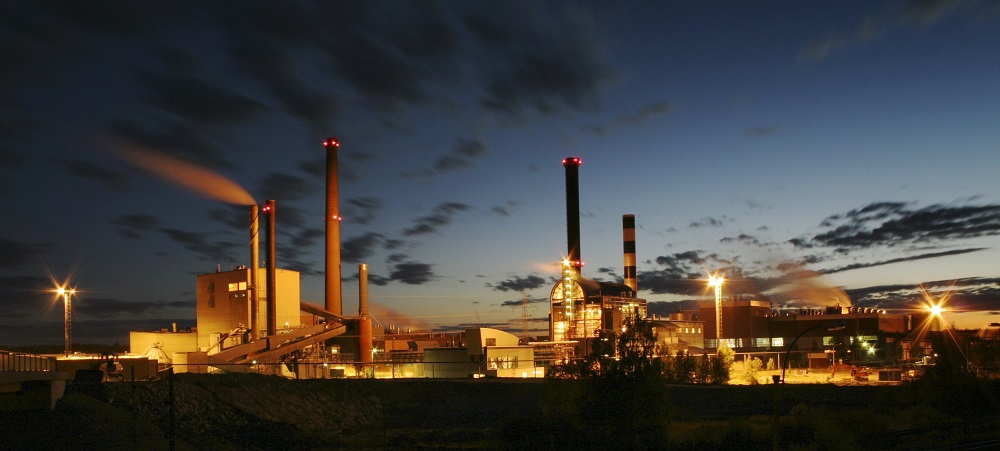

Data, connectivity and sensors – the Holy Trinity
To do analytics, one needs a lot of data, and Stora Enso disposes of massive amounts of data generated from their mills. Some of their mills even store historical data from the last 10 or more years. And they utilise data to optimise and manage their manufacturing processes.
But there are cases when even their troves of data are not enough and they need to collect some more, for example from equipment that is not critical for production and has no sensors installed on it. As they use the cloud for data storage, the first thing on the list to check is connectivity, i.e. the levels of fixed and mobile connectivity.
As Marko describes, Stora Enso’s mills are connected to a central database and data can be transferred among them. But when that data has to be moved to the cloud, the fix network capacity is not always enough. Hence, making sure that the connection is reliable to transfer the data to an analytical solution is crucial.
If more sensors need to be installed to the equipment, fixed sensors with cables are an expensive solution. Marko suggests using radio technology so that sensors can communicate with the data collection edge device. But they are frequently facing challenges with mobile technology or Wifi whose coverage is not reaching to every corner in their vast machine rooms.
So their solution was to co-develop a sensor using radio technologies, which is a premium affordable alternative for the expensive sensor that was on the market. The new sensors can be placed where they need them without cabling in record time and minimal effort. This sensor example goes to show how minimal components like sensors can have a huge impact on maintenance analytics.
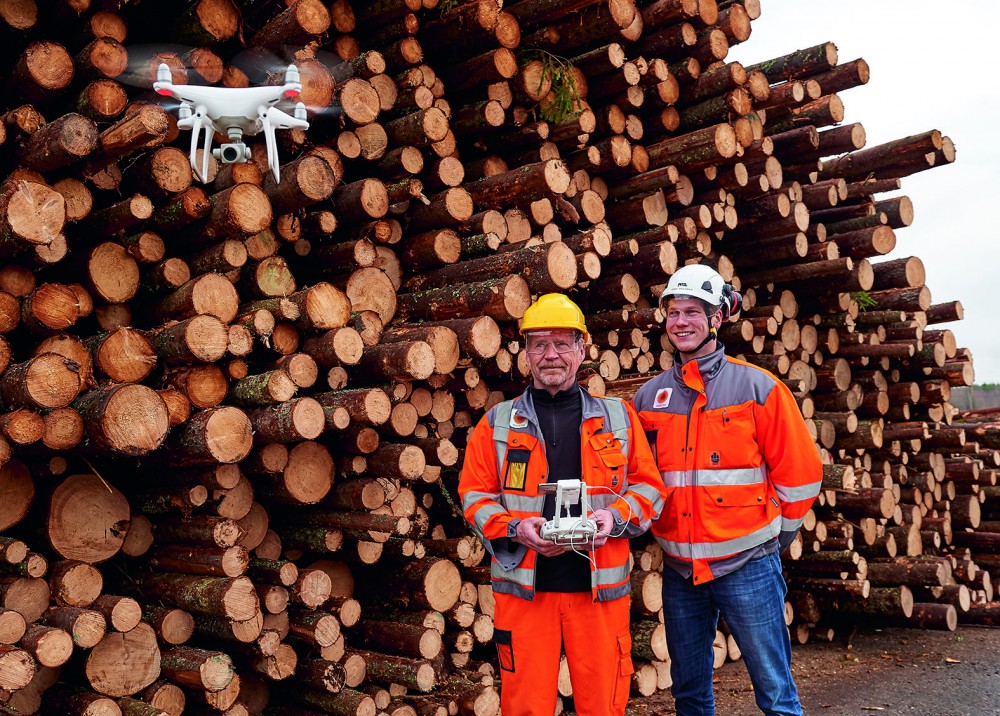

Analytics
Manufacturing companies such as Stora Enso has been using traditional reporting for a long time now, and it is still done to this day. What happens is that layers are added on top of traditional reporting for different advanced analytics purposes:
- Root cause analysis for maintenance and equipment failure is done for establishing why a failure happened.
- Predictive maintenance is done to establish what will happen based on the data generated from monitoring equipment performance and reporting data. Stora Enso has made significant inroads with predictive maintenance and managed to get good results from it.
- Prescriptive analytics is the next target for Stora Enso and Marko states that they have already gotten some results in process optimisation with the help of AI solutions running in their production units. One example is the AI solution that monitors their pulp mill and gives insight into the pulp quality 12 hours into the future. The solution gives enough time to mill operators to adjust the process settings and suggests what should be done to maintain the quality at the right level. And it also allows operators to simulate possible future possibilities.
However, these analytics solutions whether they are in process optimisation or maintenance, are not closely looped, emphasises Marko. Meaning the AI algorithms don’t have direct access to control systems, but there is a human worker in between that is advised by the solutions on how to do their work better. But Marko is optimistic that in the near future Stora Enso will enable algorithms to adjust machine settings and automate maintenance in and out.
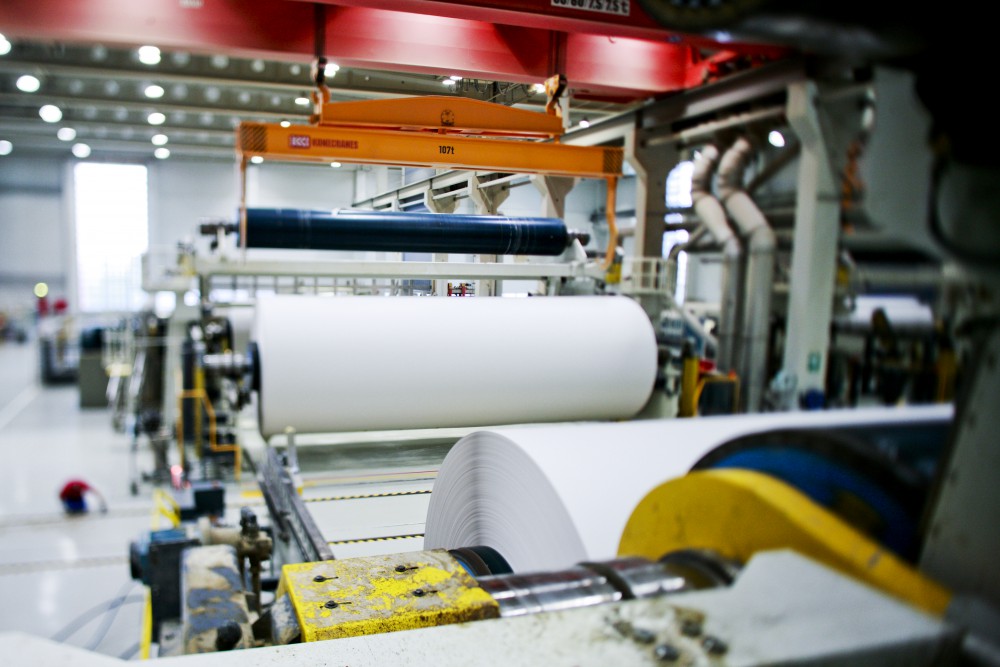

Consuming analytics results
If you have data, you apply advanced analytics on it and you have a valuable analytics solution in place, then it’s time to consume the results of the analytics and take action based on them, says Marko. Stora Enso provides tools to their operators and maintenance technicians that enable them to do their job better. Therefore, these tools need to be user-friendly. To find the perfect tool that brings value for their workers, Stora Enso tested different tools with virtual reality, augmented reality and mixed reality. Unfortunately, Marko points out that these solutions are not mature enough for their needs because of different reasons. For example, if a maintenance technician uses an AR with a smartphone and walks into a machine room, it is a safety concern because he is walking with his head down and is distracted. Stora Enso has yet to find a suitable solution for their working environment.
As to devices used for maintenance, they have tested smartphones, tablets and wearables, but the most neutral choice and widely accepted by operators is the smartphone. This is why Stora Enso has created maintenance tools that are mainly used on the mobile device that are easily available to personnel to create maintenance notifications, orders and reports.
Wearable device features are not yet designed for a manufacturing environment where the noise is over 100 decibels, Marko explains. Fortunately, new generations of wearables are being designed for industrial use. Introducing augmented reality in maintenance work on a wearable device will significantly improve maintenance work and maintenance workers’ productivity. Augmented potentially is the next level in maintenance after mobility.
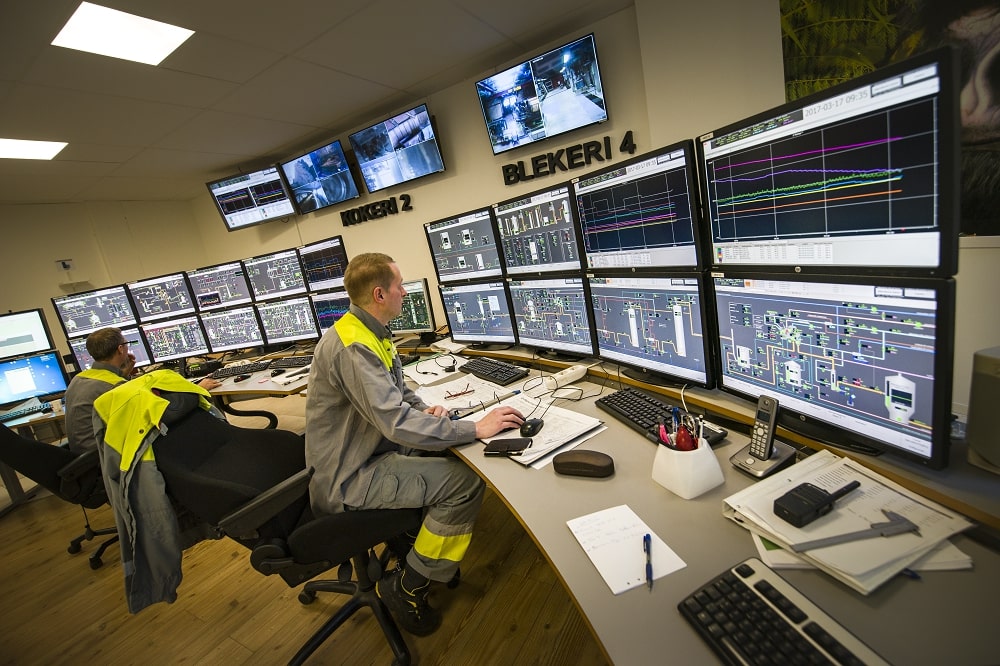

KPIs and management
And lastly, processes need to be monitored to see if there is any improvement in performance because it’s connected to the company’s development and budget. Good tools and transparent management is crucial to have insight into how things are moving, highlights Marko.
What’s more, Marko points out that they see the need to connect the equipment manufacturers with their maintenance network. This way they will have access to experts that can solve the biggest and most difficult problems.
To have an overview of performance, Stora Enso has a suite of reports that monitor maintenance operations, the overall performance of the machinery and individual performance of maintenance technicians.
After Stora Enso implemented a systematic approach, analytics and transparency to performance, they witnessed good results in maintenance and reduced technical downtime at plant as well as production line level.
Takeaways
Marko summarises that in order to adopt a systematic approach with maintenance analytics, manufacturers need to make sure they have enough data they can use in predictive analytics and prescriptive analytics, so they get good results that are easy to understand for maintenance operators and present them in tools that directly support people’s work and bring value for them.

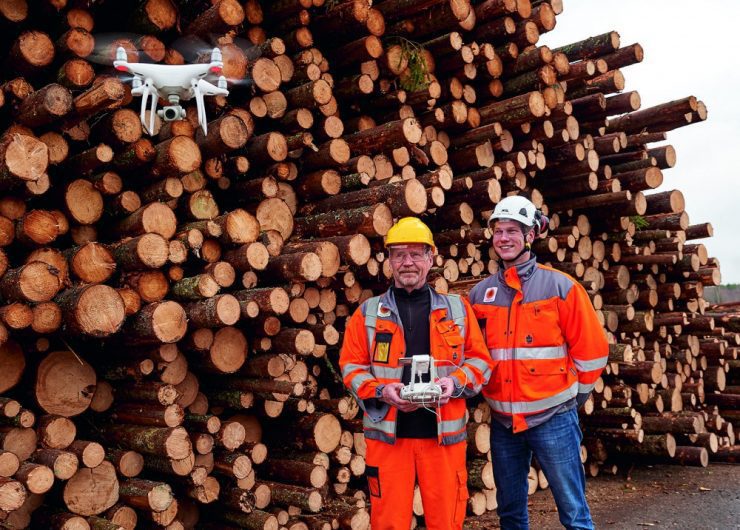
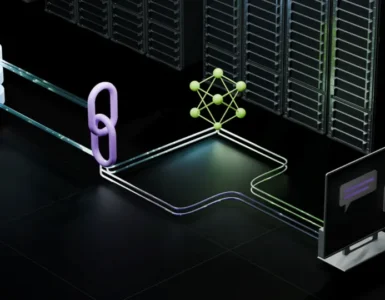











Add comment